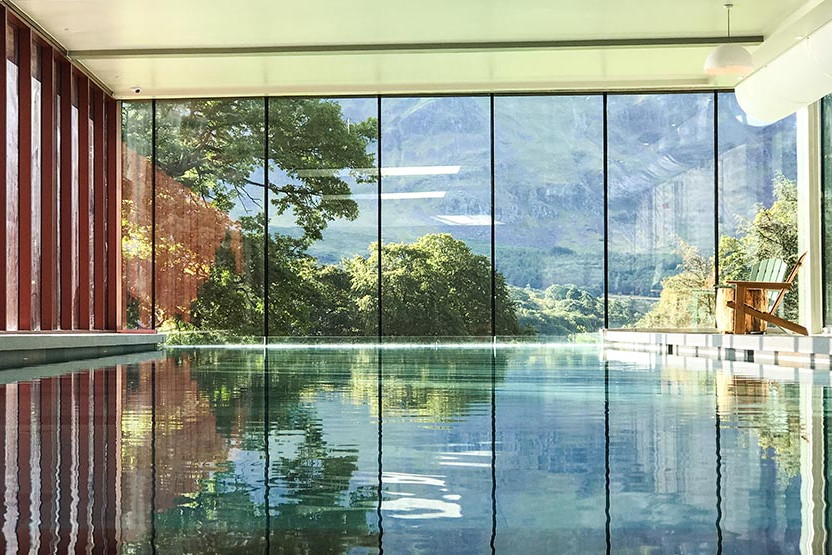The Lake District, World Heritage Site
Alex McCoskrie, programme manager for The National Trust’s World Heritage Site, gives us an introduction to the Lake District’s recent inscription as a World Heritage Site and shines the spotlight onto Ullswater. There’s more to it than meets the eye.
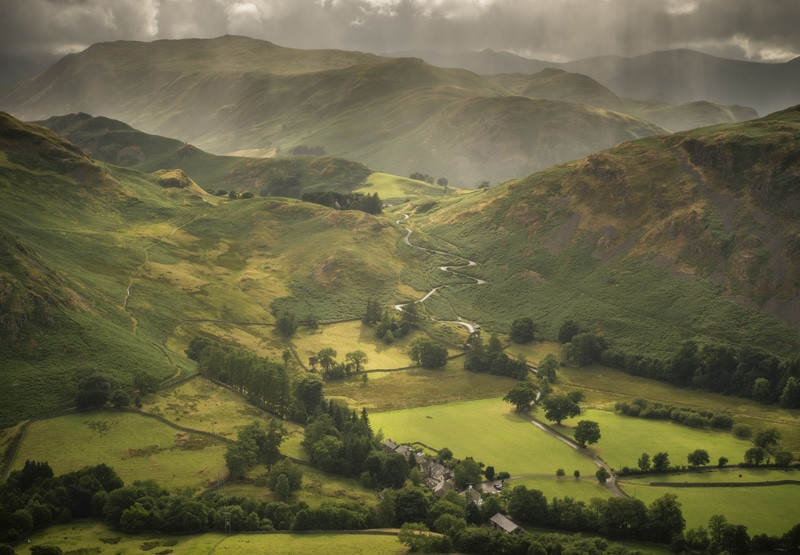
The English Lake District was awarded World Heritage Site status by UNESCO in July 2017. It’s now part of a family of over 1000 world famous and iconic locations across the planet. Think Taj Mahal, Great Barrier Reef, Easter Island, the Amazon rainforest. It is the UK’s 31st World Heritage Site and also the largest. It joins other UK World Heritage Sites like Stonehenge, the Tower of London, Edinburgh old and new towns, and Hadrian’s Wall, representing the best natural and cultural treasures of the country.
So what are World Heritage Sites? Heritage is seen as humanity’s legacy; from the past, how we live today and what we pass on to future generations. Our cultural and natural heritage are irreplaceable sources of life and inspiration. What makes World Heritage Sites unique is that they transcend borders. They are for all, regardless of nationality, fostering peace and cooperation, celebration and conservation.
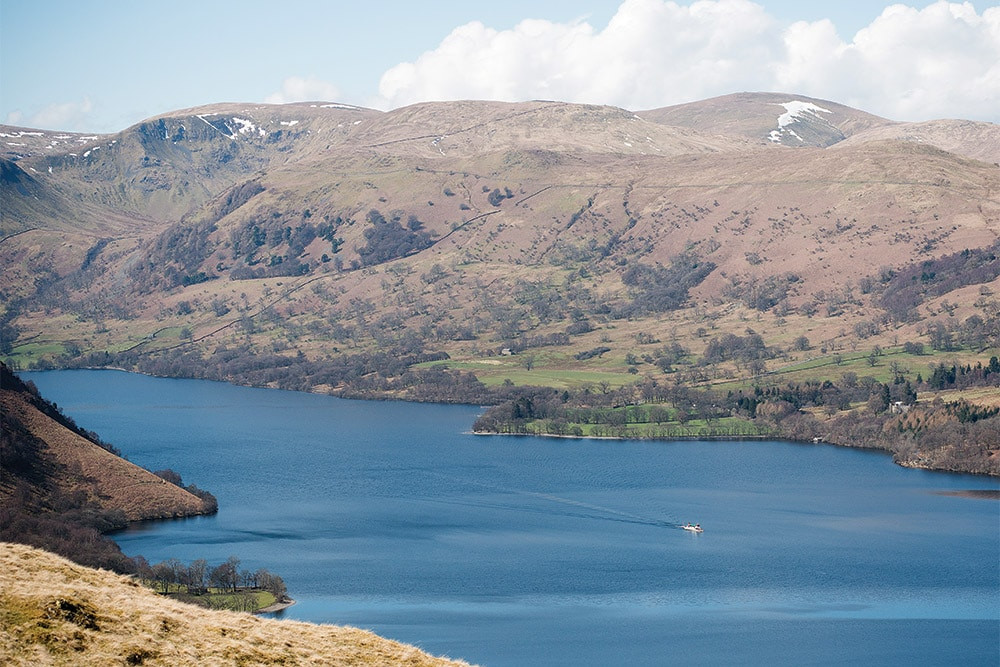

UNESCO agreed that the Lake District’s cultural landscape was globally special and that it had three attributes that made it unique and significant. Together they are called Outstanding Universal Value. Those attributes are:
Identity – the Lakes’ characteristic landscapes have for centuries evolved and changed through people’s traditional farming and industry
Inspiration – these landscapes have in turn shaped and inspired people; the way they see the land, how they are emotionally connected to it, and how they have come to value it
Conservation – that the Lake District is the birthplace of a global conservation movement
Throughout all the valleys in the Lake District, it is possible to see and experience these attributes for yourself. Here in Ullswater there are examples of all three identified attributes or themes of Outstanding Universal Value.
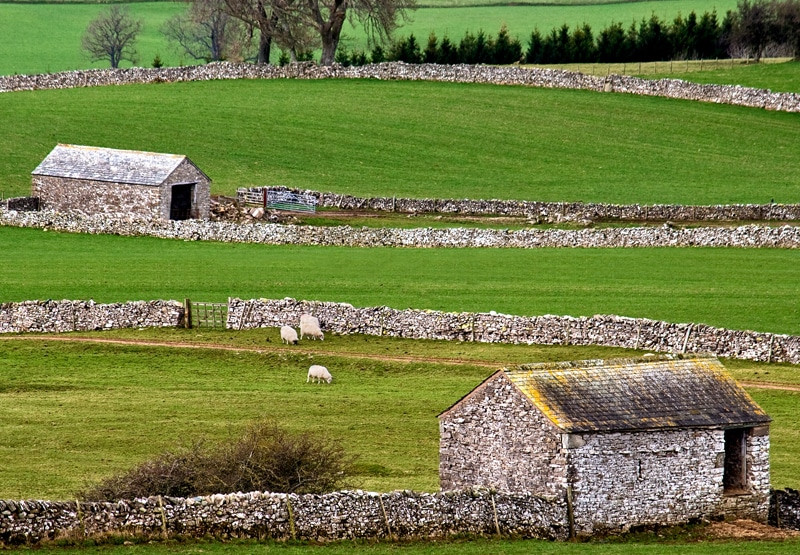
The valley continues to support traditional Lakeland upland farming with its typical field pattern of inbyes (those in the valley bottom) and surrounding intakes (those fields on the fellsides). Explore the side valleys of Hartsop, Deepdale, Grisedale, Boredale and Martindale to see examples of these structures. Ullswater is one of the key Herdwick farming areas in the Lake District. Herdwicks are those iconic and hardy grey sheep often spotted on fellsides and tops. Those fell tops are extensive areas of Common Land, shared by farmers for communal stock grazing. Ullswater has a large number of early farm buildings, some dating from the 16th century but mostly of 17th to 19th century date. The group of early farms clustered in the village of Hartsop is outstanding, and other settlements across the valley have typical Lake District agricultural characteristics.
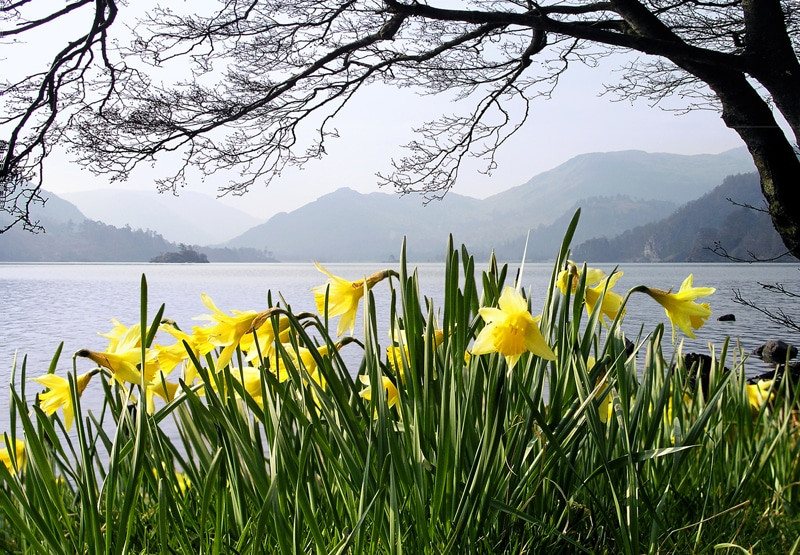
Photo by Janet Wedgwood
As well as farming, there have been many other uses of the valley’s land that have helped to shape it. There are a high number of enclosed Romano-British settlements in the valley, indicating a very long history of relatively permanent settlement and agriculture. There’s a Neolithic stone circle (on Askham Fell), Roman marching camps, a fort and a key road (High Street on the southern fell tops), and significant medieval churches and Pele towers. Rich lead veins in the rocks in the southern part of Ullswater have been extracted for centuries. This was once an important centre of lead mining with the main workings at Greenside operating from the 18th century until 1961. Glenridding owes its size and character to the need for housing for miners.
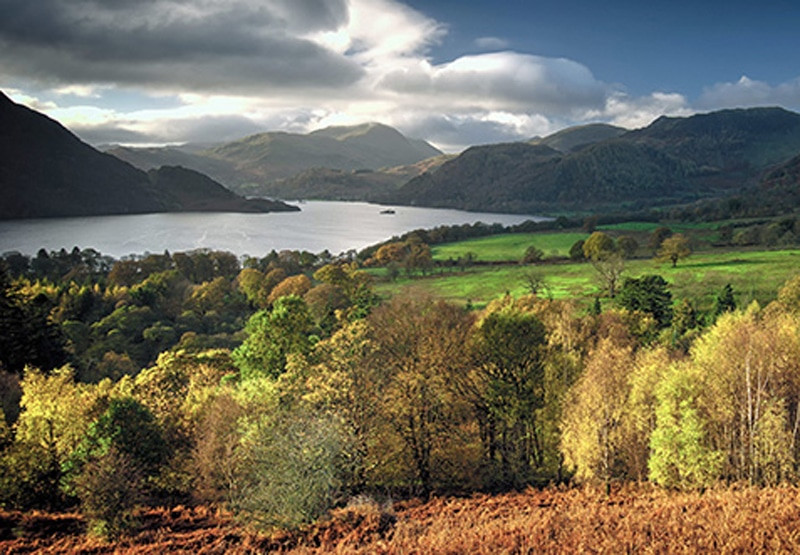
Ullswater, with its beautiful sinuous lake, was of major importance as a source of aesthetic inspiration from the very earliest period of the Picturesque interest in the Lake District (in the late 18th century). Being easily accessible from the route between Penrith and Keswick made it attractive to the first tourists and the valley features in the earliest Lake District guidebooks. One by local Thomas West, identified a number of viewing stations around the lake, places deemed to be the best to get the perfect view. The beauty of the lake and its mountain backdrop made it popular and it attracted investors who built a number of villas and designed landscapes. Visit Aira Force to discover an existing designed landscape, and then walk south along the Ullswater Way to get a view of surviving villa Lyulph’s Tower below. The Romantic Movement’s interest in Ullswater was also strong and it was the fields around Glencoyne that inspired some of the best-known poetry of the period, still very much loved today, William Wordsworth’s ‘I Wandered Lonely as a Cloud’. A spring stroll from Aira Force to Glencoyne will let you spy those hosts of golden daffodils.
The valley has also contributed to the Lakes’ conservation heritage. The valley’s landscape importance was acknowledged very early in the life of the National Trust. The Trust bought Gowbarrow Park in 1906 and Stybarrow Crag in 1913, the former through a prominent public appeal and donations. Over the last 100 years the National Trust gradually acquired further key properties, including iconic farms such as Glencoyne, and now looks after a large portion of the valley, on behalf of the nation. Ullswater was also the scene of a hard-fought and successful battle in the 1960s to prevent the Manchester Corporation from damaging abstraction of water from the lake.
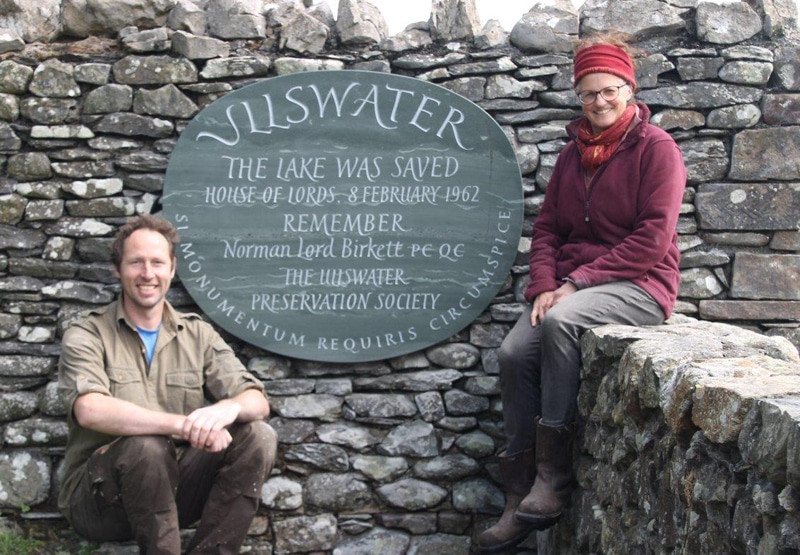
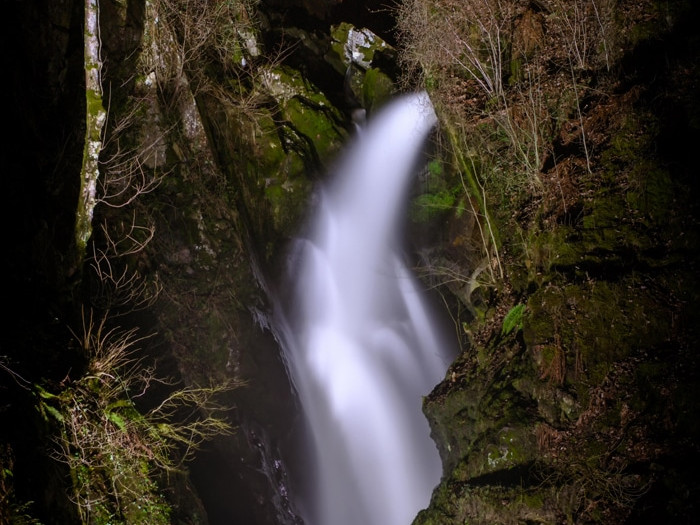
The National Trust is proud to be a key member of the Lake District World Heritage Site partnership. They look after 20% of the World Heritage Sites; not just the historic buildings, but much of the countryside too. Equally as important, the World Heritage Site story celebrates the roots and birth of the Trust here in the Lakes. Over 120 years Canon Hardwick Rawnsley, then resident of Grasmere, was worried that many of the Lakes’ most beautiful spots were up for private sale, and could end up being developed and lost forever. This drove Rawnsley to establish an organisation that would save these treasures on behalf of the nation, and so the National Trust was born. This model of conservation has gone from strength to strength, so that now the Trust nationally looks after countryside and coast the size of Dorset, and has been adopted in over 70 countries worldwide. This is one of the reasons why the Lakes is now a World Heritage Site.

